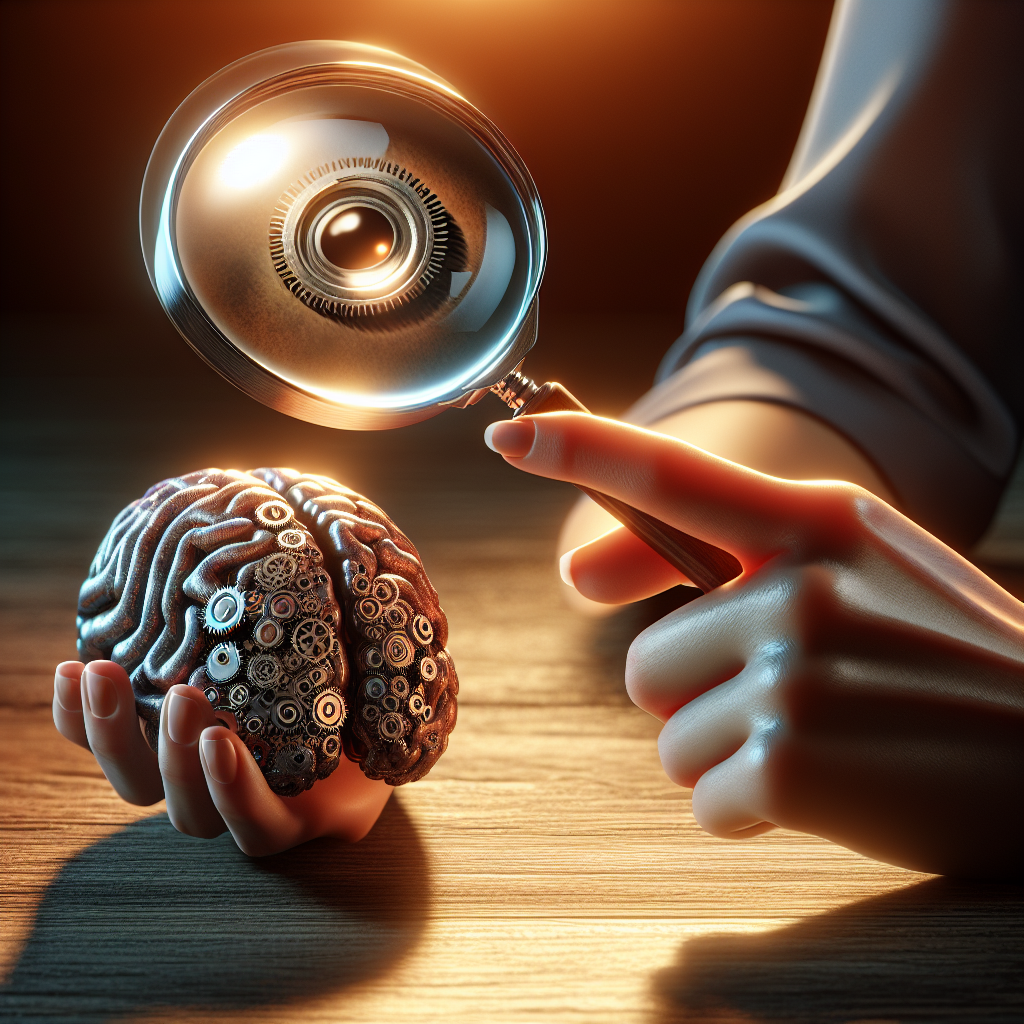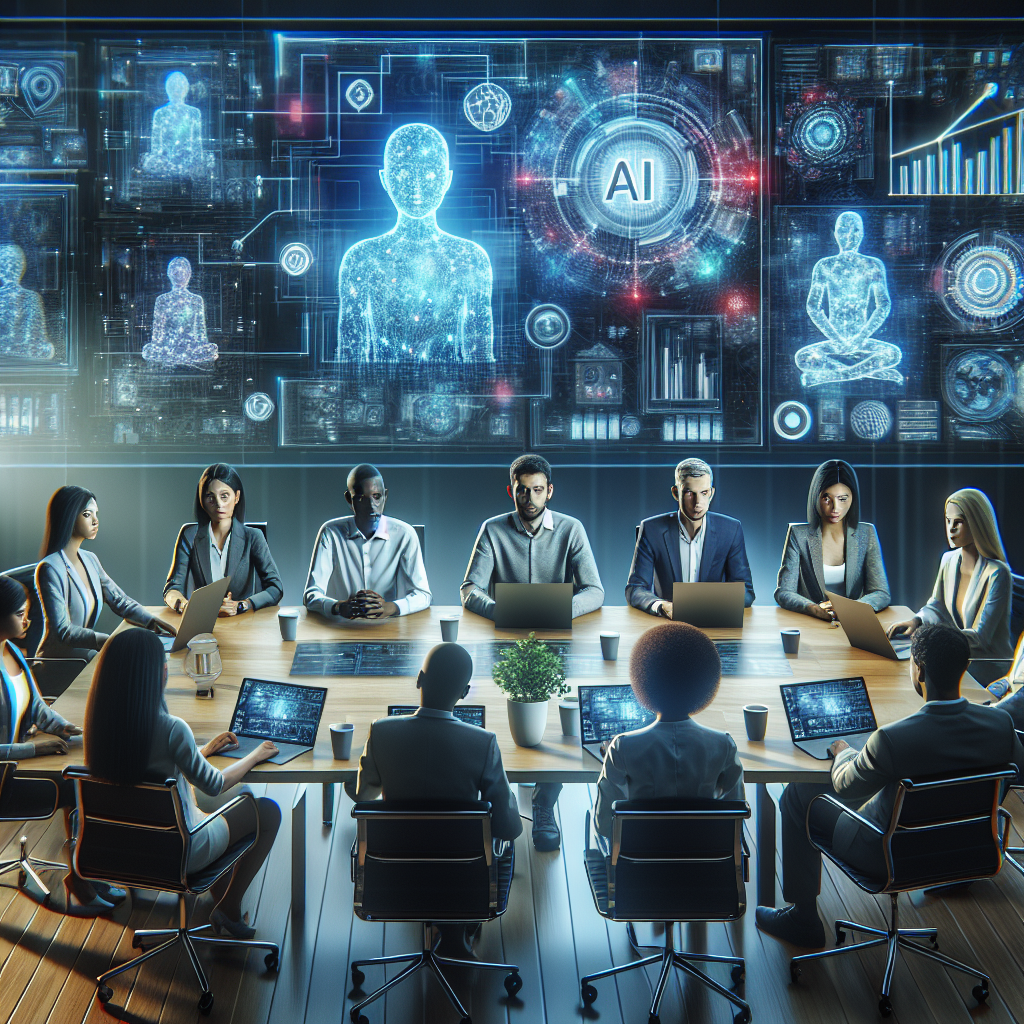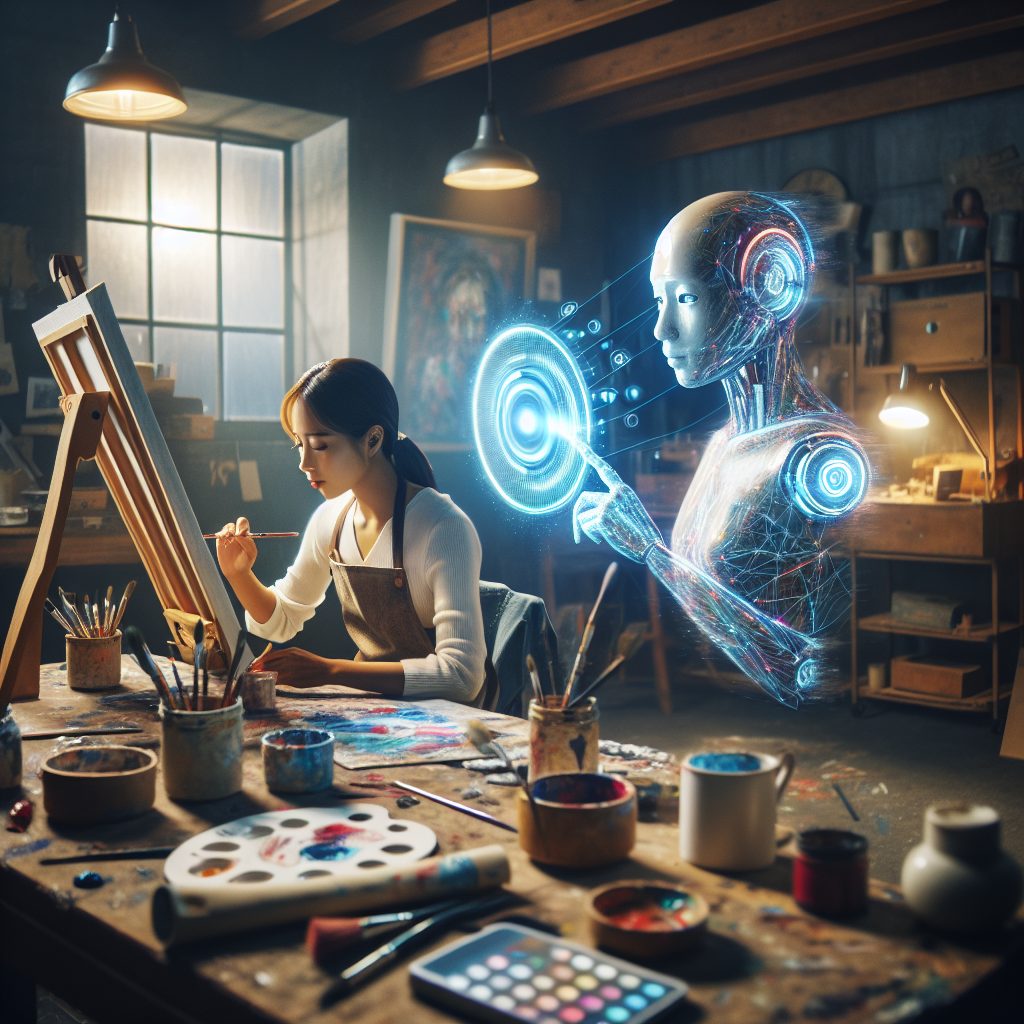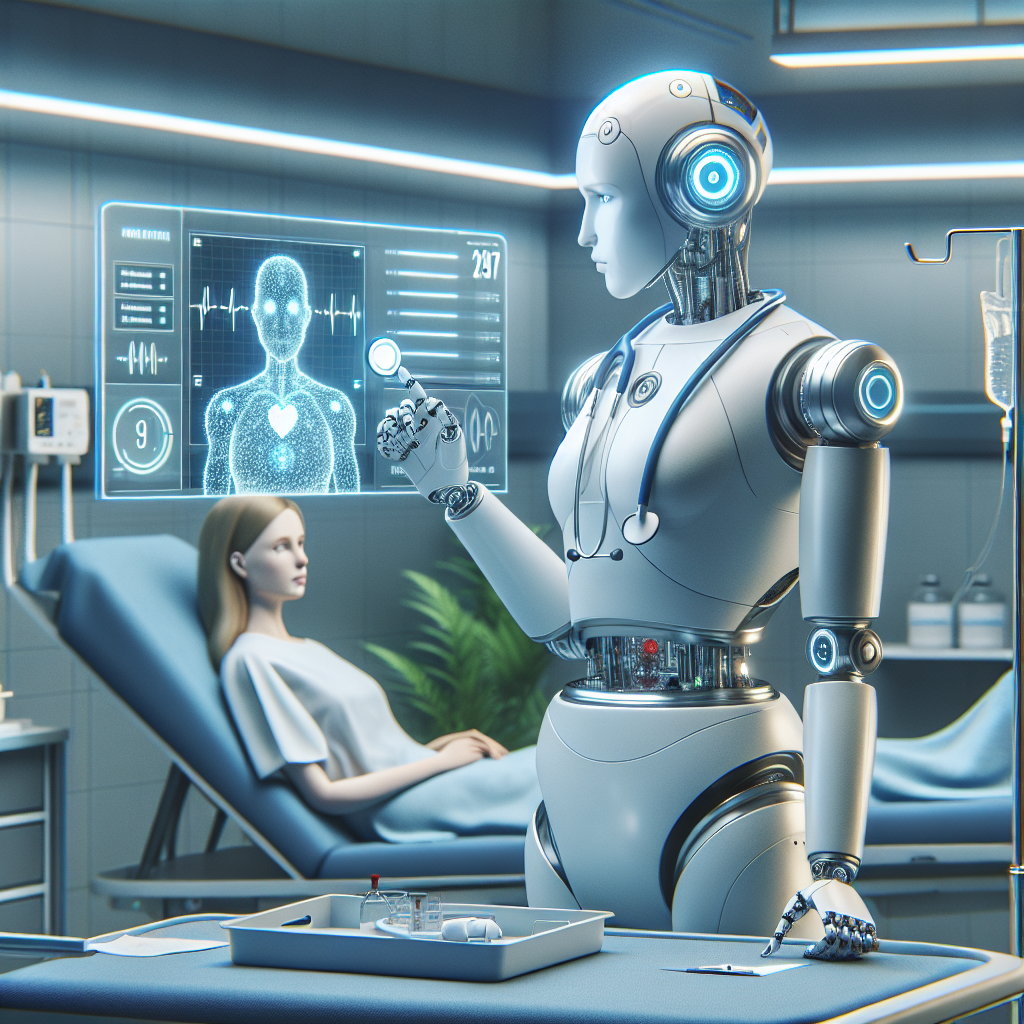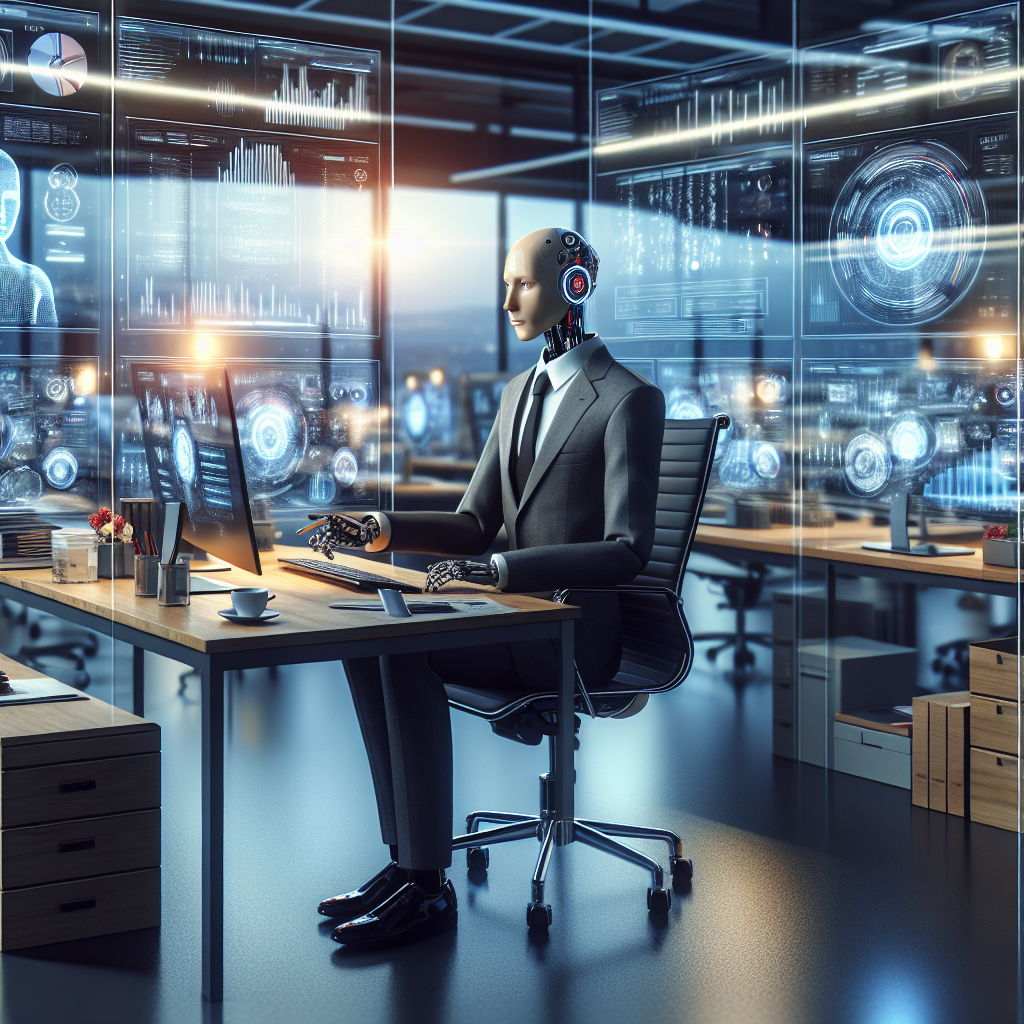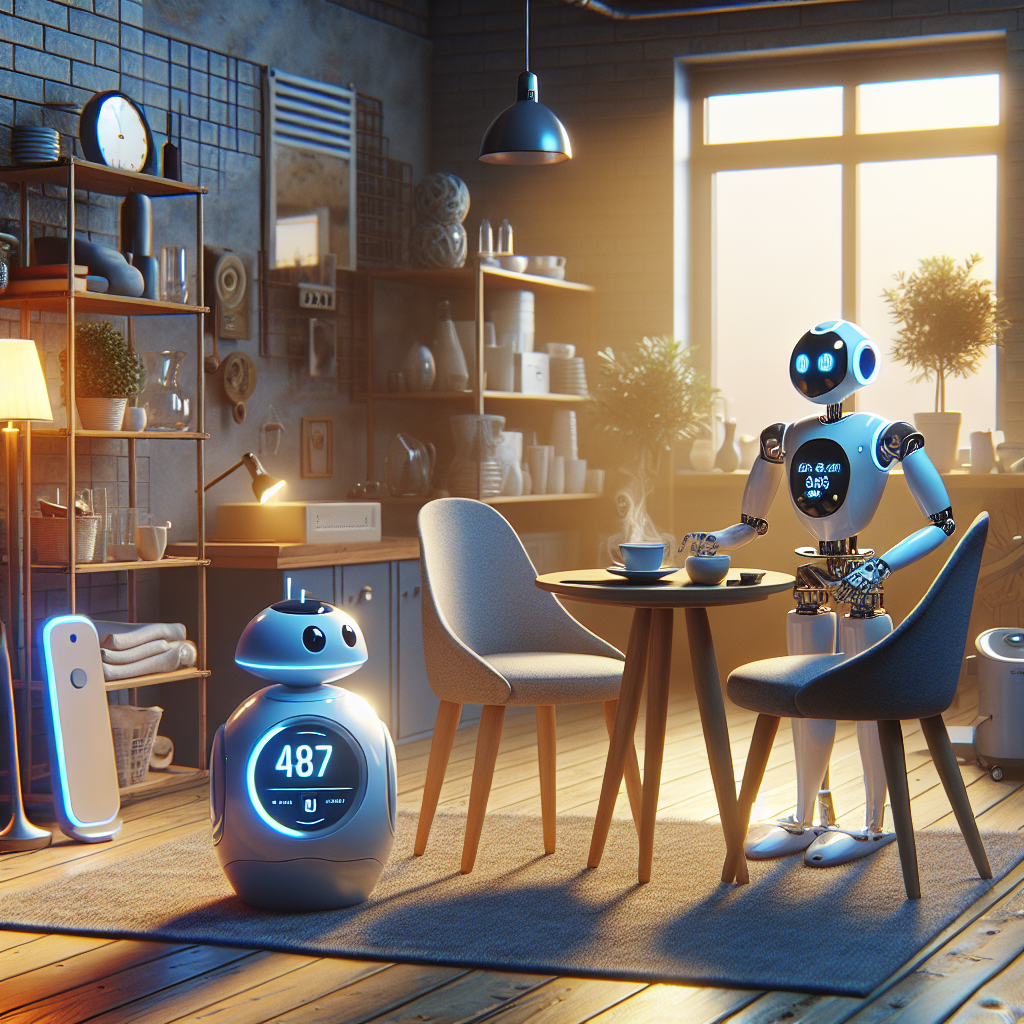Introduction
The rapid advancement of artificial intelligence technology has sparked widespread debate around the future role of human creativity in various industries. One of the most compelling questions today is: Will AI replace creatives by 2030? The concept of AI creative replacement involves machines taking over tasks traditionally performed by creative professionals such as artists, writers, designers, and musicians. This article explores the current state of AI creative capabilities, evaluates the potential for AI to replace human creatives by 2030, and offers actionable insights for creatives navigating this transformational landscape.
Understanding AI Creative Replacement
AI creative replacement refers to the use of artificial intelligence systems to generate, assist, or fully produce creative work. These AI tools can generate art, compose music, write stories, design graphics, and even develop complex creative strategies. Examples include AI-powered design platforms, language models capable of creative writing, and generative adversarial networks (GANs) that create novel images or videos.
The increasing sophistication of these AI systems has sparked concerns about the future relevance of human creatives. If AI can produce creative content quickly, cost-effectively, and at scale, will there still be a demand for human originality and emotional connection by 2030?
Current AI Capabilities in Creative Fields
To assess the likelihood of AI creative replacement by 2030, it is important to understand what AI can and cannot do today.
– Artistic Creation: AI algorithms can generate paintings and digital artwork that often mirror the styles of famous artists. GANs can create new visual compositions that are both unique and compelling. However, these creations typically lack the nuanced human experience or intentionality behind traditional artistic work.
– Writing and Content Generation: Advanced language models can now craft coherent articles, poetry, marketing copy, and short stories. While AI can produce large volumes of text, true narrative depth, cultural context, and emotional resonance usually require human input and editorial refinement.
– Music Composition: AI systems can compose melodies, harmonies, and beats, often tailored to specific genres or moods. Yet, these compositions may lack the rich emotional storytelling or improvisational flair that characterize many human musical performances.
– Design and Multimedia: AI tools can automate graphic design, video editing, and even generate concept art based on brief prompts. These applications enhance productivity but typically function best as collaborative assistants helping creatives rather than fully replacing them.
Challenges Facing AI Creative Replacement by 2030
Several core challenges limit the potential for AI to replace creatives entirely within the next decade.
– Emotional Intelligence and Empathy: Creativity is deeply tied to human emotion, empathy, and shared experiences. Current AI lacks genuine consciousness and emotional understanding, limiting its ability to create fully authentic human-centered work.
– Originality vs. Imitation: Most AI creative models operate by learning from existing datasets, which predisposes them to mimicry rather than true originality or breakthrough innovation.
– Ethical and Cultural Nuances: Creative works often engage with complex cultural, political, and ethical issues. AI struggles to navigate these nuances without human guidance, raising concerns about appropriateness, bias, and sensitivity.
– Collaboration and Context: Creativity frequently emerges from collaboration and contextual awareness. AI systems currently lack the ability to fully grasp social dynamics or long-term project goals.
Potential Roles of AI as a Creative Collaborator
Instead of viewing AI creative replacement as a threat, many experts foresee AI becoming an indispensable collaborator that amplifies human creativity by 2030. This approach leverages the strengths of both humans and machines:
– Idea Generation: AI can quickly generate a multitude of concepts or drafts, providing creatives with a rich source of inspiration and reducing the initial creative block.
– Automation of Routine Tasks: By handling repetitive or technical aspects such as photo retouching, layout formatting, or transcription, AI frees up human creatives to focus on higher-level strategic and emotional work.
– Personalization at Scale: AI can analyze audience preferences and customize creative content for different demographics, enhancing engagement and relevance without sacrificing artistic intent.
– Experimentation and Innovation: AI’s ability to synthesize diverse datasets and simulate novel scenarios can help creatives explore innovative styles and formats previously beyond reach.
Preparing for the Future: How Creatives Can Thrive with AI
To successfully navigate the wave of AI creative replacement, human creatives should focus on the following strategies:
– Emphasize Emotional and Cultural Intelligence: Develop skills that require empathy, cultural literacy, and nuanced interpretation — qualities AI cannot replicate.
– Master AI Tools and Collaborate: Learn to harness AI-powered creative platforms as collaborators and productivity enhancers rather than competitors.
– Invest in Interdisciplinary Skills: Combining creativity with skills in technology, data analysis, and storytelling will increase resilience and versatility.
– Cultivate Unique Personal Voice: Build a distinctive style and authentic creative perspective that stands apart from algorithm-generated content.
– Stay Informed on AI Developments: Keep abreast of AI trends and ethical considerations to anticipate opportunities and challenges.
Conclusion
The question “Will AI replace creatives by 2030?” does not have a simple yes or no answer. While AI will certainly transform creativity, automating many routine and idea-generation tasks, complete AI creative replacement is unlikely within the next decade due to constraints related to emotional depth, originality, and cultural sensitivity. Instead, the future will likely feature a hybrid creative landscape where human intuition and AI efficiency coexist, driving innovation to new heights. Creatives who proactively adapt by embracing AI as a collaborator and honing uniquely human skills will not only survive but thrive in this evolving environment.
By understanding AI creative replacement and its implications, creatives and organizations can better prepare for the opportunities and challenges ahead, ensuring that human creativity remains central to art, culture, and innovation well beyond 2030.




